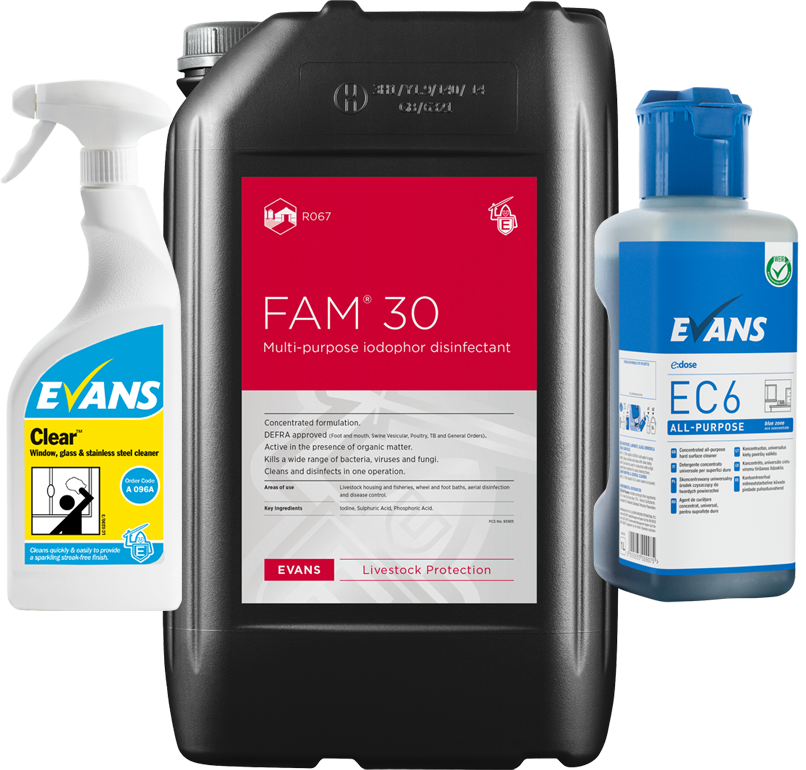4 September 2015
Does killing 99.9% of bacteria prove a disinfectant is effective?
There have been many disinfectants recently advertised, on television and in the media, claiming they will kill 99.9% of bacteria. Although this sounds extremely efficient, it does not prove that a product is an effective disinfectant.
In order to demonstrate effectiveness, disinfectants should be tested using European Standard Test Methods. These methods specify a 99.999% reduction in bacteria to pass the test.
What does killing 99.9% and 99.999% of bacteria mean?
Bacteria are microscopic free living single celled organisms, a surface contaminated with raw meat for example could have millions of bacteria per square centimetre.
For example a surface with 1,000,000 bacteria treated with a product that kills 99.9% of bacteria would still have 1000 bacteria remaining. If the surface was treated with a product that kills 99.999% of bacteria only 10 would remain.
What does 5 log reduction mean?
5 log reduction is equivalent to 99.999% reduction and is the term used in European Standard Test Methods.
3 log reduction is equivalent to 99.9% reduction.
How quickly do bacteria multiply?
Bacterial growth rates vary depending on the surface, type and degree of soiling, temperature and presence of water. E.coli (under ideal conditions) multiplies in 15 minutes. If conditions are less than ideal e.g. lowering the temperature, or drying the surface, the growth rate slows down.
For example 1,000 bacteria would increase to 2,000 after 15 minutes, after 30 minutes it would be 4,000 and after one hour 16,000 and 256,000 after 2 hours, 10 bacteria would only have multiplied to 256 in the same 2 hours.
Why is it important to reduce bacteria numbers to as low a number as possible?
The presence of bacteria does not automatically lead to infection, the vulnerability of the person and the infectious dose (number of bacteria required to cause an infection) are vitally important. Susceptible individuals such as the very young, elderly and sick are more at risk from an opportunistic infection. Some bacteria will cause an infection with less then 100 cells ingested or introduced into cuts or wounds. For this reason it is important to reduce numbers of harmful bacteria to the lowest number possible whenever the risk of infection is high.
What criteria do Evans Vanodine products meet?
Evans Vanodine disinfectants reduce bacteria numbers by 99.999% (5 log). They are tested using European Standards.














